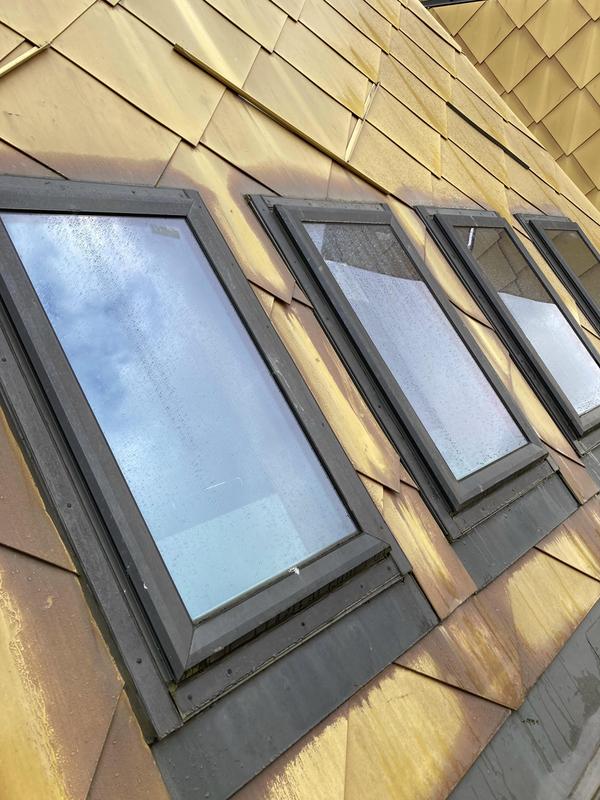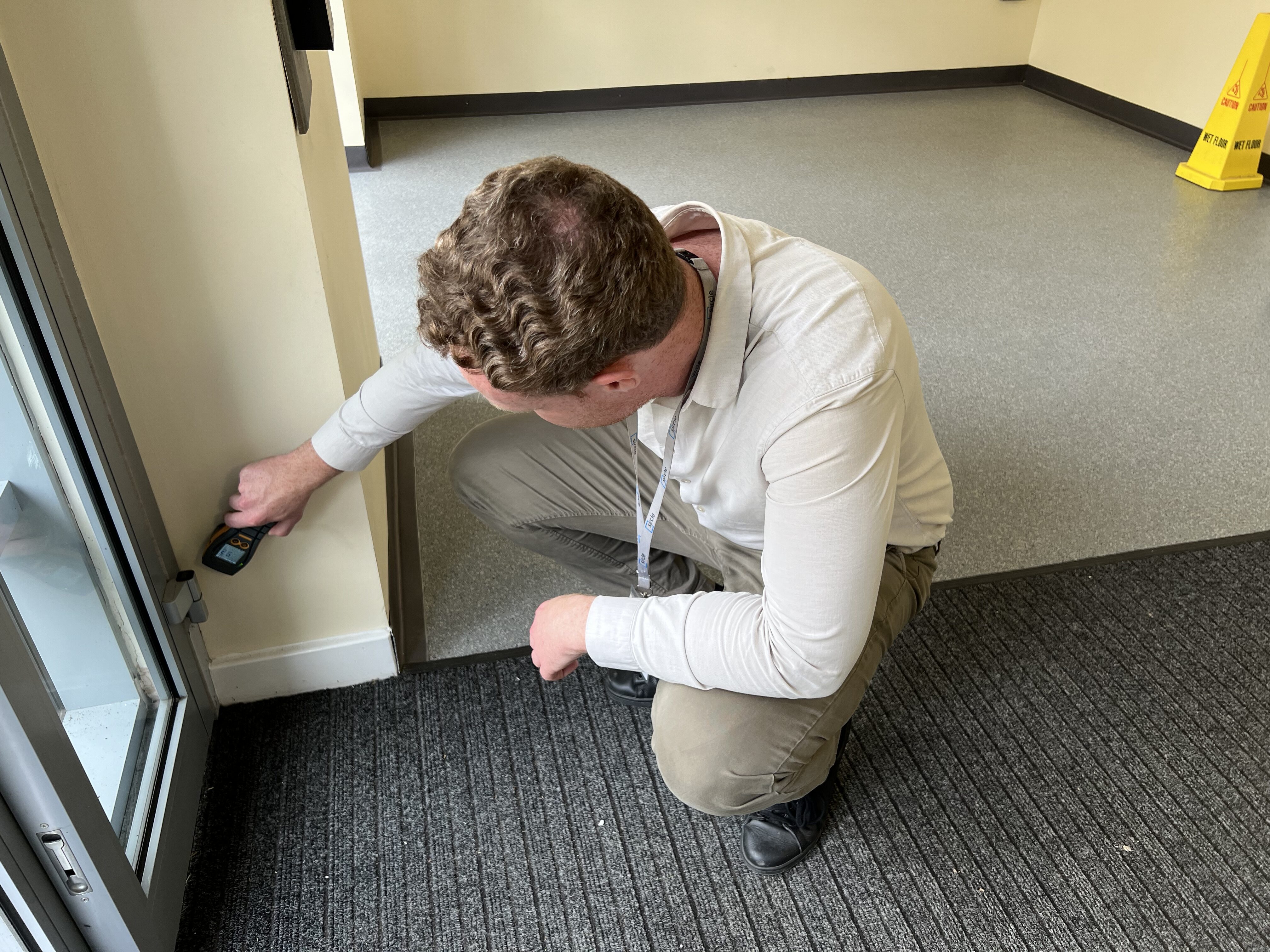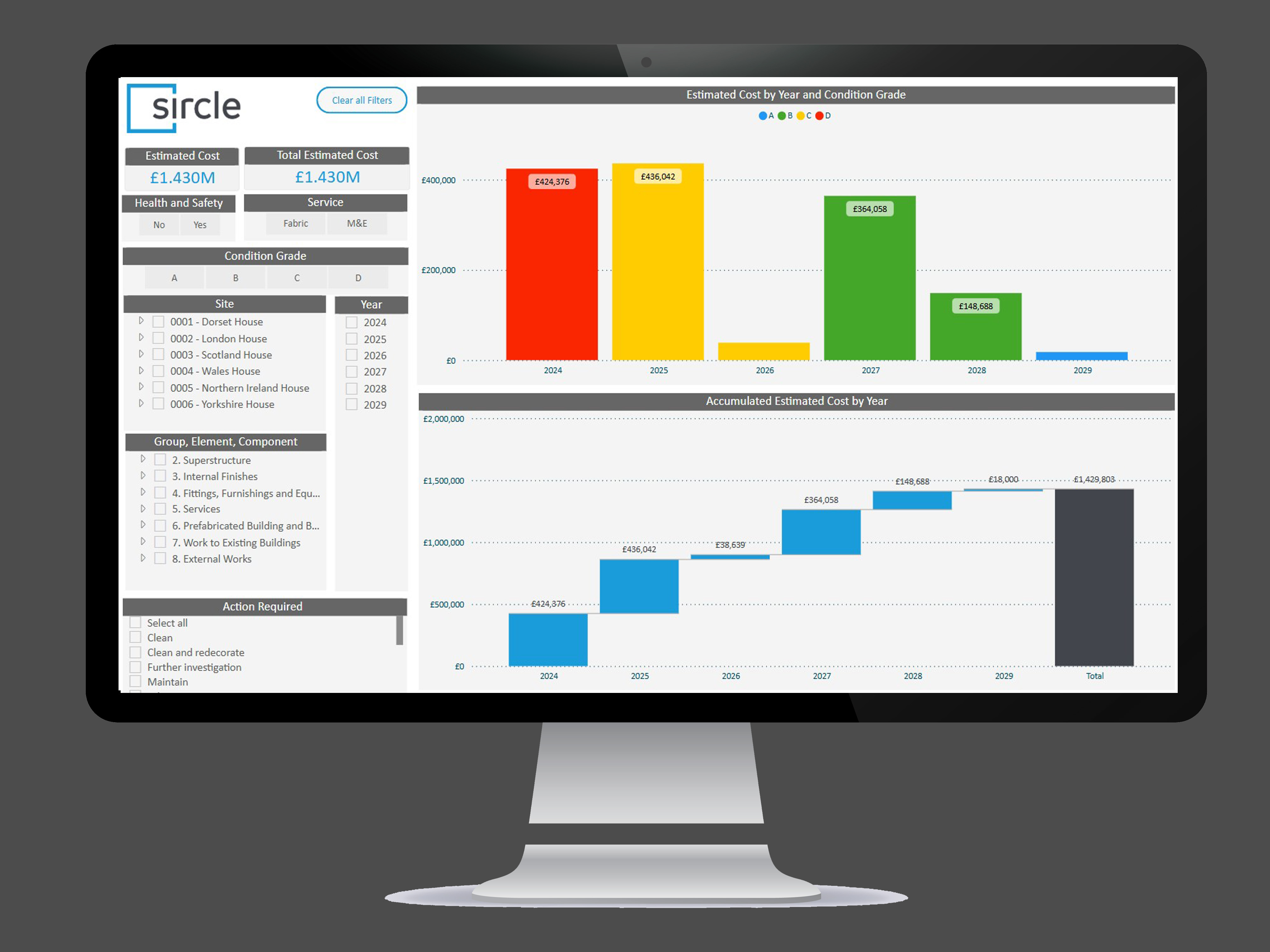
CPD: Patent and latent defects
In this CPD, Anthony Walker reviews the differences between patent and latent defects in buildings and how they impact contractors…

A latent defect survey is a detailed inspection carried out to identify hidden defects in a building’s design, materials, or workmanship—issues that may not become visible until long after construction is complete. These defects often emerge after the defects liability period has ended, making them harder to address without clear evidence.
Commissioning a latent defect survey before the contractual liability period expires (usually 6 years, or 12 years for contracts under seal) gives building owners or managers the opportunity to detect problems early and seek appropriate remedies. It’s a proactive way to protect against long-term economic loss and ensure the building performs as intended.

Latent defect surveys demand precision, construction expertise, and a meticulous approach. At Sircle, our Chartered Surveyors carry out detailed internal and external, room-by-room inspections to ensure nothing is overlooked.
With deep knowledge of building design, materials, and workmanship, our team identifies not only hidden defects but also their root causes—providing clear, practical recommendations for remediation. Accuracy matters when you’re working within legal timeframes, and Sircle delivers reliable, impartial reports that help protect your investment and support potential claims.
Examples of photos taken during latent defect surveys.

Due to high water table water was entering building through ground floor level. Picked up during the latent defect survey.

A Sircle surveyor picked up on defects in external cladding system for a client in the Midlands.

A Sircle surveyor conducting a latent defect survey at a housing association complex

Data includes the breakdown of the indicative inclusive costs for each year to address the condition-related matters set out within the report.
Common latent defects include:
It is recommended that a Latent Defect Survey be conducted:
